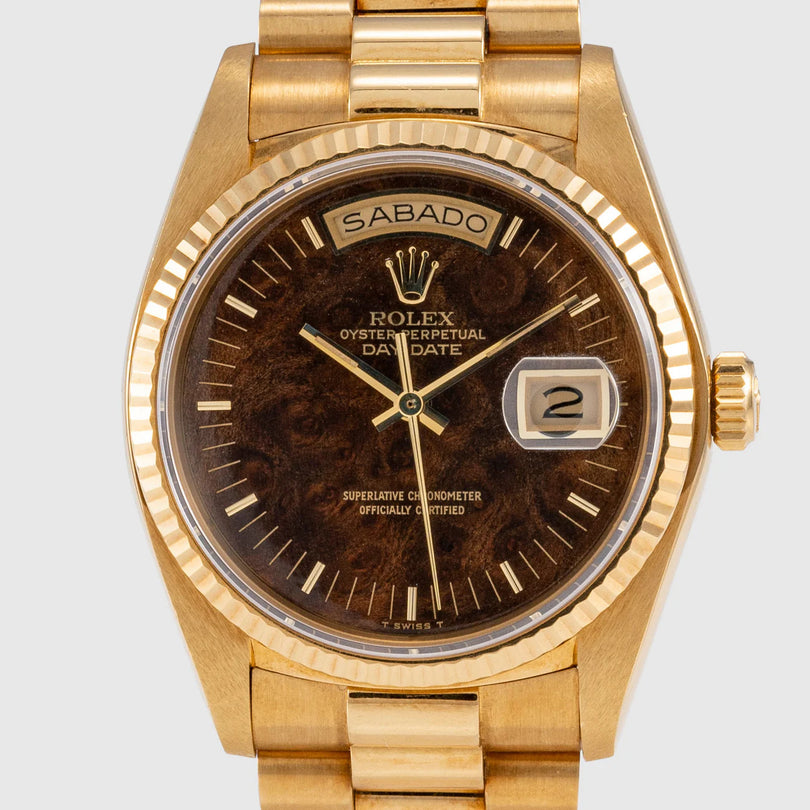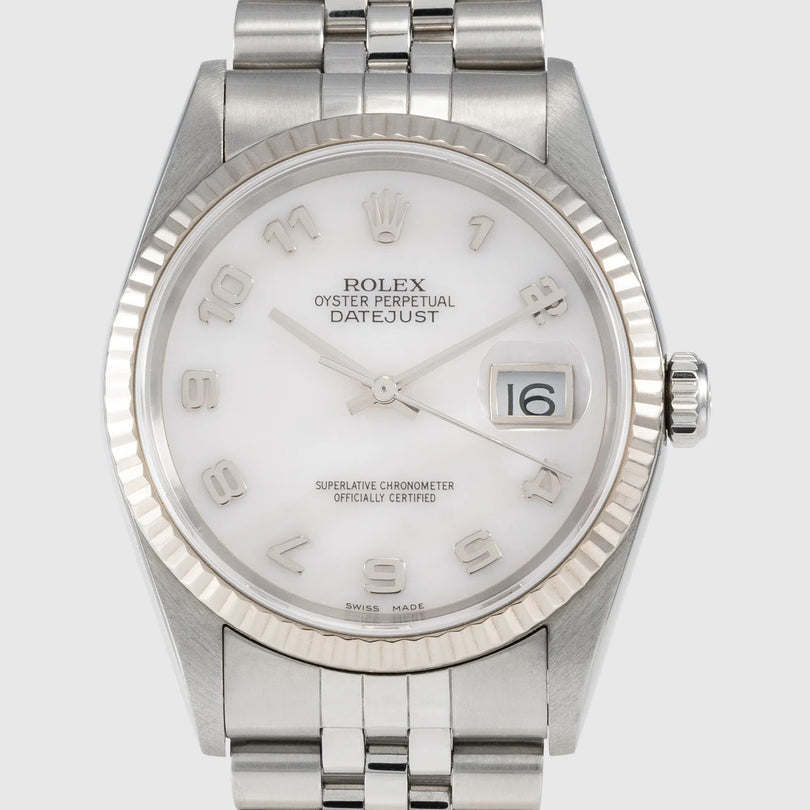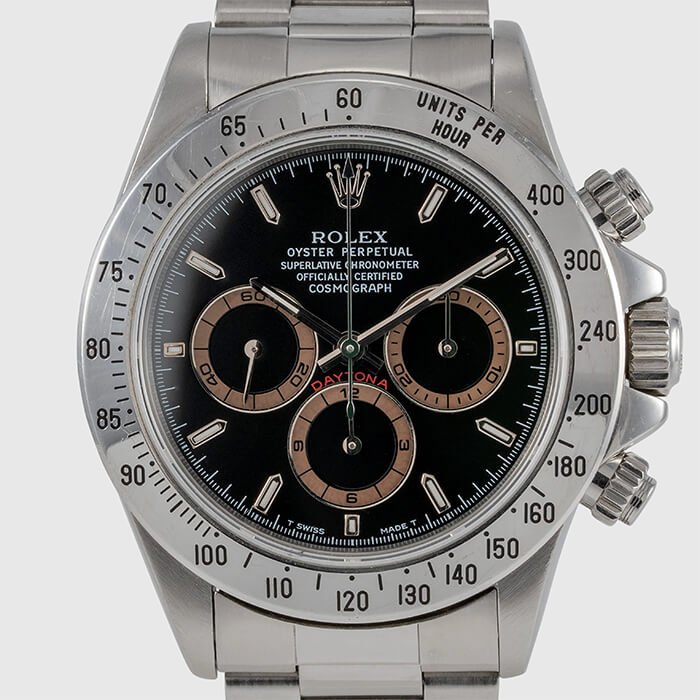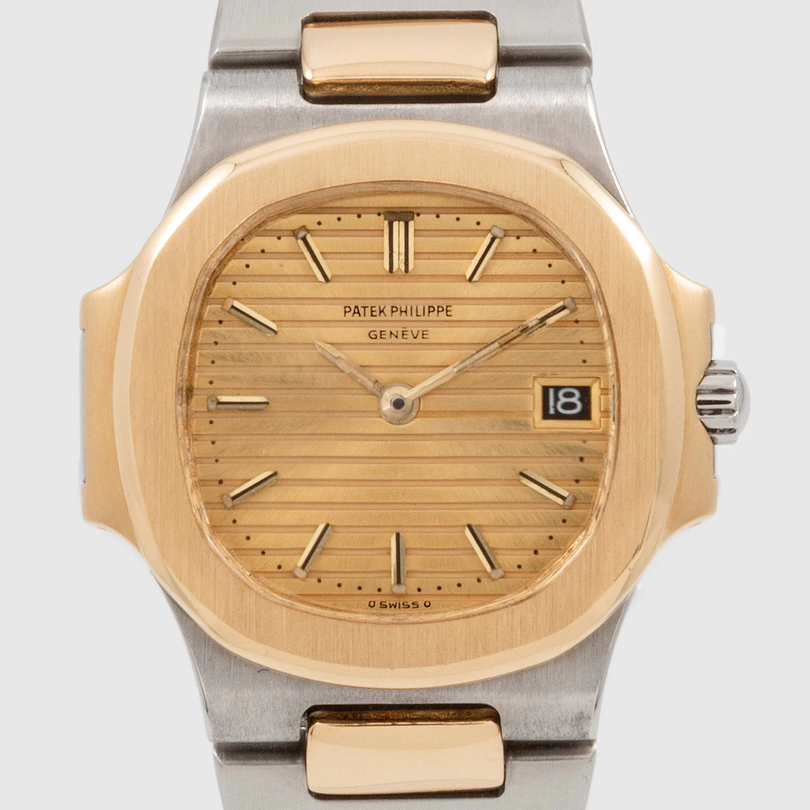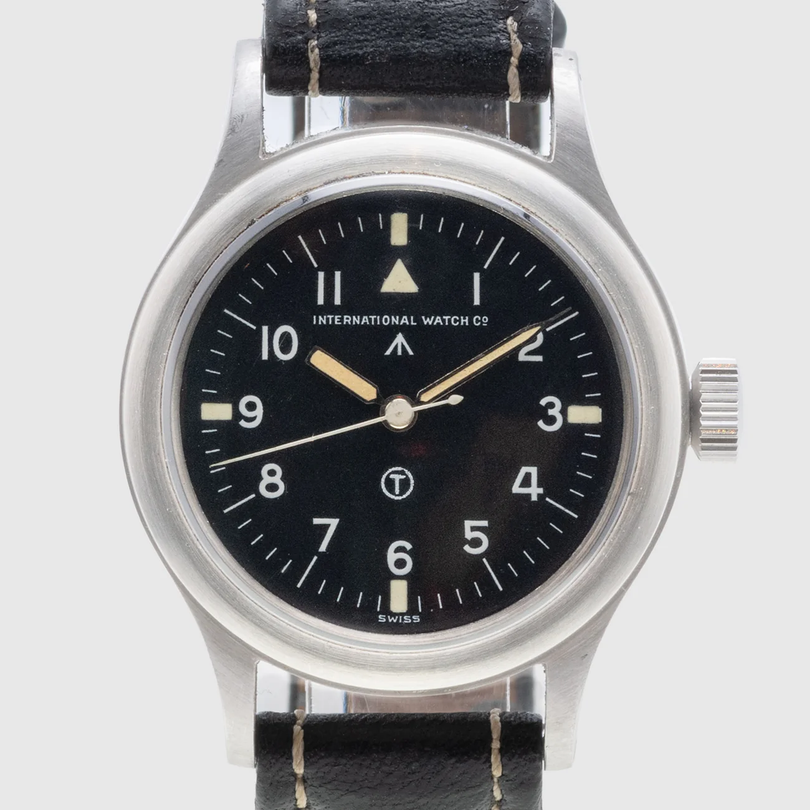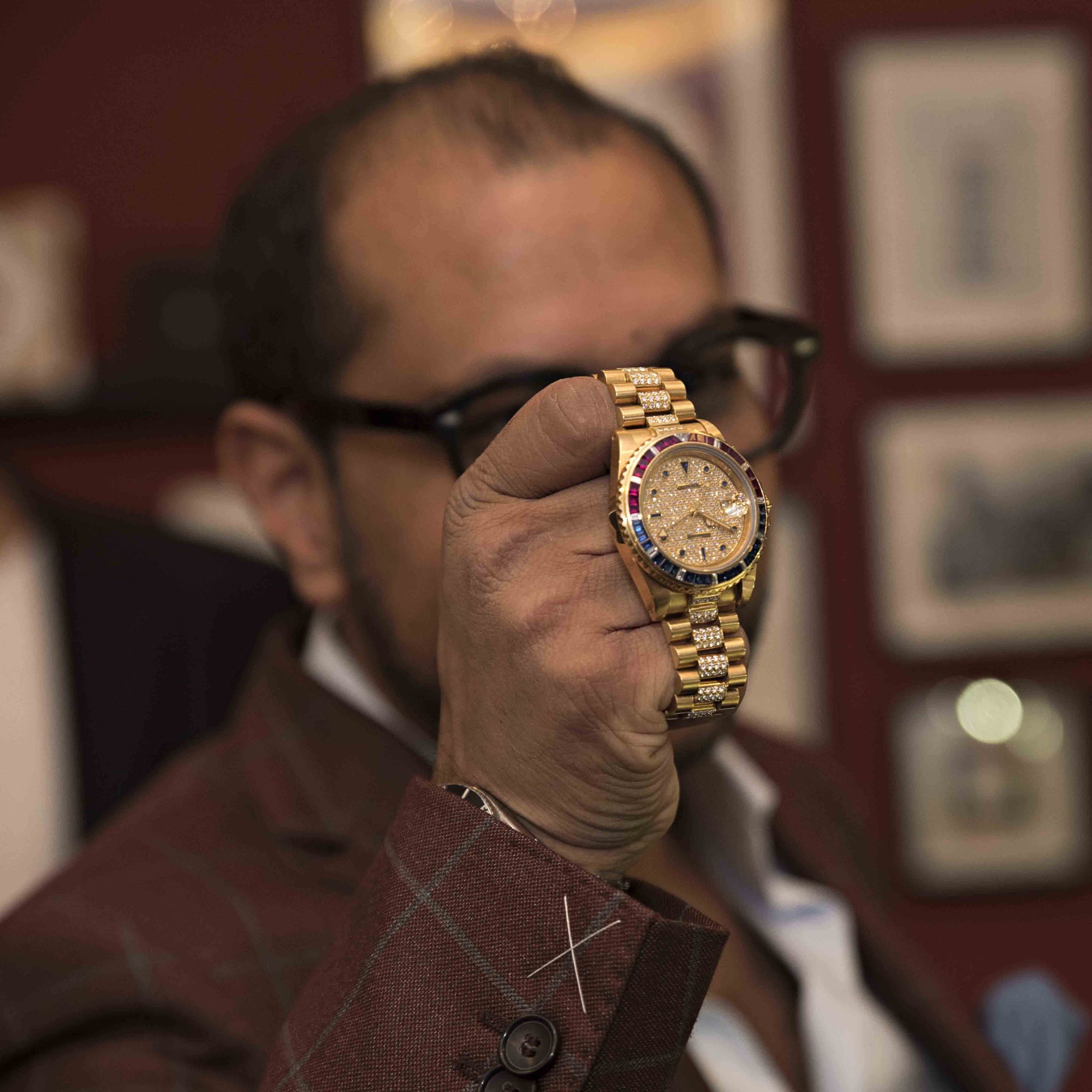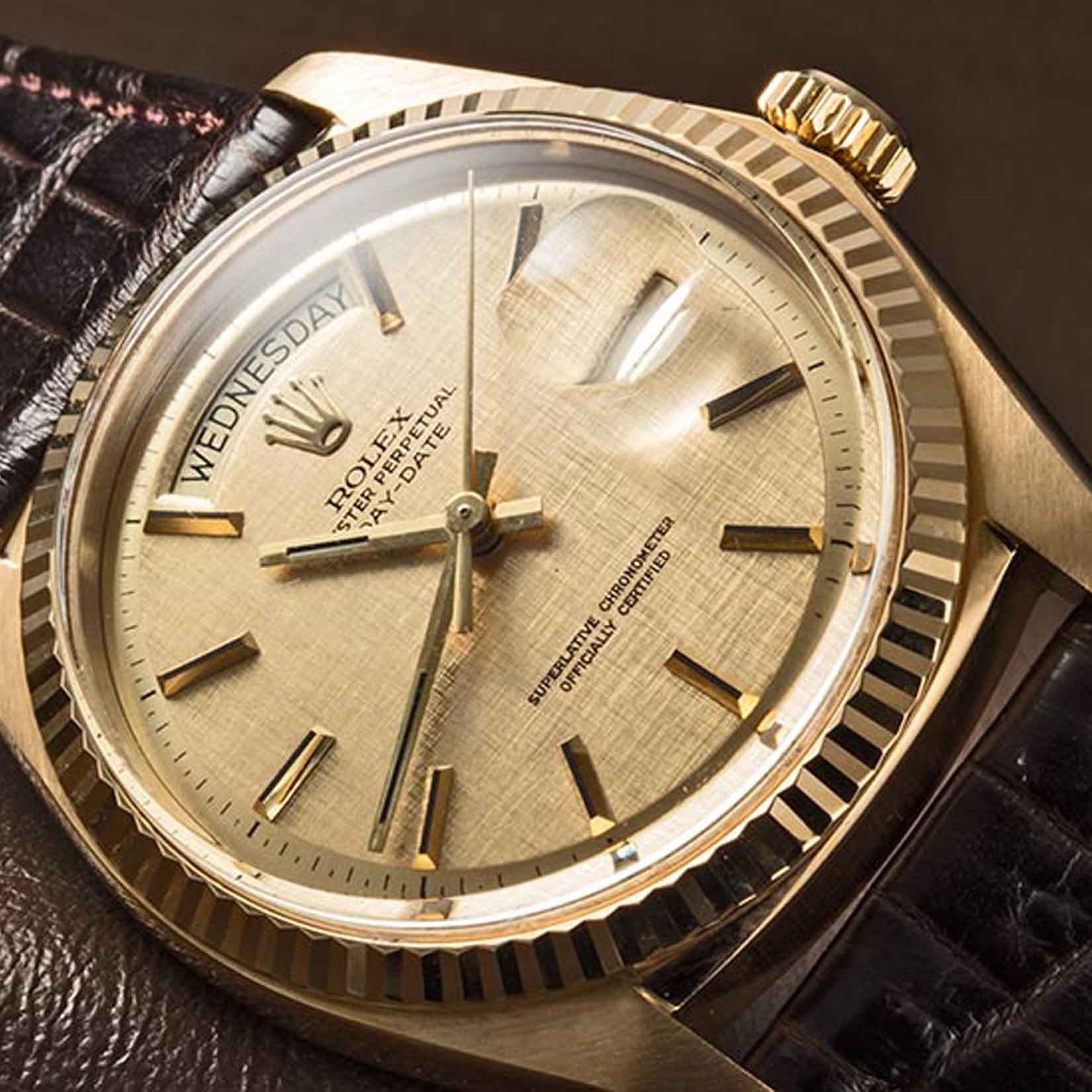
With more than 500 million viewers across five continents every weekend, Formula One racing has become an international spectacle, and also the ultimate stage for luxury watches. High-speed thrills, drama, courage and technological excellence combine in a unique show as man and machine are pushed to the limit.
800 Horsepower of sheer automotive fury propell drivers at speeds of over 300 km per hour, and they have to endure cornering forces of around 4g. Teams and sponsors spend staggering amounts of money on technology and branding in a race for pole position, with the difference between success and failure often measured in thousandths of a second.
Competition is fierce, both on and off the track. There are more watch brands in the sport than ever before.

This year the rest of the constructors are in a race to catch Hamilton and Rosberg powered by the Mercedes AMG Petronas F1 team in the lead up to the final race on the Yas Marina circuit in Abu Dhabi.
Meanwhile, off the circuit, there is an equally intense rivalry. This fight doesn’t get the same publicity as the one on the track, but it’s just as unforgiving. As a watch lover, this is the race I’m far more interested in.
Instead of competing for a position on the starting grid, this race is all about positioning a brand. Of the eleven teams in the race, seven have watchmakers on the official sponsorship list. As far as I know that’s a new record.
IWC Schaffhausen are obviously delighted, as sponsors of the current leaders, but things could still change before the end of the season.
The Race Behind the RaceSitting in judgement over which brands get the priveledge to associate with the world’s most popular race is British business magnate, Bernie Ecclestone’s company Formula One Management Limited (FOM). After all, F1 is a brand in it’s own right, and the privilege is jealously gaurded.
In 2013 Rolex muscled out Hublot for the top spot, in a deal that is believed to be worth $35m a year for 10 years. According to the Financial Times it was a strategic move to stay ahead of Omega, whose market share is encroaching on Rolex domination.

Although the costs probably won’t bankrupt Rolex, it’s still a bold and decisive move. They want to maintain the number one spot, so they’re willing to go to great lengths.
Previous official partner, Hublot, pulled no punches in terms of marketing during their time at the top. When Bernie Ecclestone was mugged and beaten up for the Hublot on his wrist, the brand got him to agree to pose for a photo with a blackened eye, and created a poster with the slogan: “See what people will do for a Hublot”. Of course there was a tactful disclaimer in small print.

But it does illustrate just how ruthless the advertising game can be.
The F1 official timekeeper title has changed hands a number of times since the beginning of Formula 1 in the 1950’s.
Heuer became the official timekeeper for Formula 1 in 1974, when it introduced the Automatic Car Identification Timing System (ACIT), and that’s still the basis of the race timing system today, though it has advanced tremendously. That technology has meant that the role of ‘timekeeper’ is more a matter of public visibility and prestige than mechanical watchmaking skill.
During 1970’s racing epoch, Heuer continually developed its “big three” racing chronographs — the Autavia, Carrera, and Monaco. These days TAG Heuer, who now fully belongs to luxury group LVMH, sponsors Red Bull Racing.
During the 1980’s the name most often associated with the sport was Longines and more recently, Hublot took the center stage, that is, until Rolex usurped the throne.
But others are hungry for the 500 million viewer spotlight, and as a result more and more watch brands are joining the F1 sponsorship ranks, whether their brand has a racing legacy or not. Bell & Ross made their first foray into the sport, teaming up with Renault. Richard Mille signed a ten-year deal with the McLaren-Honda team.
Watchmaking and racing is a partnership that makes sense in many ways, given the prestige, the split-second timing and the technical supremacy involved in both disciplines. But there’s no doubt about it, both on and off the circuit, it’s all out war.
I can’t wait to see who lifts the trophy at the end of this years season – and more importantly – which watch he will be wearing.

